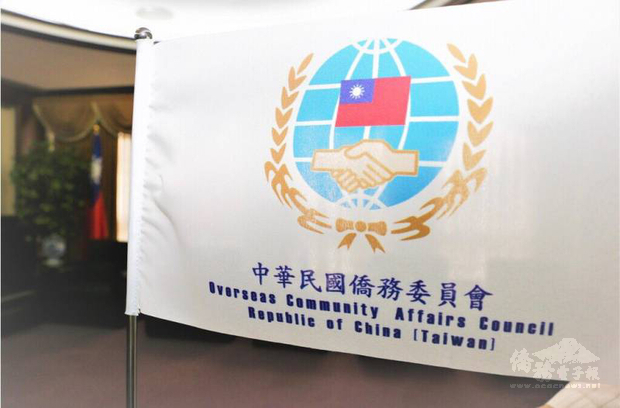
Taipei, Jan. 30 (CNA) Taiwan's Legislative Yuan on Friday passed a resolution instructing the Ministry of the Interior to evaluate the possibility of changing the Republic of China's (Taiwan) national emblem, which is based on the party emblem of the opposition Kuomintang (KMT).
The resolution, which was proposed by the New Power Party (NPP), requires the interior ministry to evaluate whether it is necessary to change the emblem and to submit a report on the topic within two months to the Legislature's Internal Administration Committee.
The bill passed the Legislature in a party-line 63-37 vote, with the NPP and the governing Democratic Progressive Party (DPP) voting in favor, the KMT voting against and the five members of the centrist Taiwan People's Party abstaining.
The resolution's text points out that the national emblem is "easily confused" with the KMT's party emblem, and argues that it is improper, 30 years after Taiwan's transition to democracy, for the emblem to represent only a portion of the country's population.
In a statement, the NPP suggested that Taiwan should follow the example of other countries around the world, whose national emblems "incorporate elements of their national characteristics or culture to express the national spirit."
In a statement on Saturday, Cabinet Secretary-General Li Meng-yen (李孟諺) acknowledged the emblem's "high degree of similarity" to the KMT symbol, but said it is necessary to "take the long view" and "reach a broad social consensus" before moving forward on such a politically sensitive issue.
For many in the governing DPP, the national emblem carries associations to Taiwan's decades under authoritarian rule by the KMT prior to the country's transition to democracy in the early 1990s.
Despite the resolution's easy passage in the Legislature, an Interior Ministry official downplayed the chances of actually changing the emblem, telling CNA that such proposals have been made in the past and not gone anywhere.
Figures across the KMT, meanwhile, spoke out Saturday to express their strong opposition to the proposal.
Party chairman Johnny Chiang (江啟臣) called on President Tsai Ing-wen (蔡英文) -- who also serves as DPP chair -- to publicly state her position on the issue.
Chiang also advanced the legally untested view that changing the national emblem would require a Constitutional amendment, on the grounds that the emblem constitutes part of the national flag.
While the specifications of both symbols are set out in the "National Emblem and National Flag of the Republic of China Act," only the national flag's design is specifically defined by the Constitution.
Former KMT chair and 2016 presidential candidate Eric Chu (朱立倫) argued that the national emblem was only the first part of a DPP plan to change the national flag and the country's official name, with the ultimate goal of declaring independence. Former President Ma Ying-jeou (馬英九) rejected the proposal in the sharpest terms, calling it "totally meaningless" to waste time discussing something that "does nothing to help the people."
An amendment to the Constitution must be approved in the Legislature by a three-fourths margin with a minimum of three-fourths of all members in attendance. It must then be ratified by at least 50 percent of all eligible voters, regardless of voter turnout.